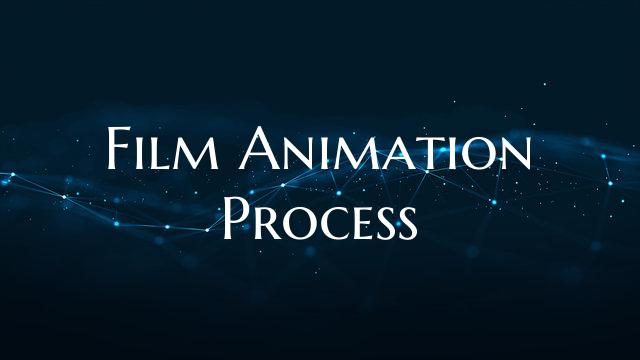Film Animation Process
Film Animation Process
Film animation is a captivating art form that brings characters and stories to life through motion and visual storytelling. The animation process involves a series of steps that require creativity, technical skill, and attention to detail. From concept development to final production, each stage plays a crucial role in creating a seamless and engaging animated film.
Concept Development: The animation process begins with the development of a concept or idea for the film. This stage involves brainstorming ideas, creating storyboards, and outlining the overall vision for the project. Animators may collaborate with writers, directors, and other creatives to refine the concept and establish the desired tone and style for the film.
Character Design: Once the concept is finalized, animators move on to character design. This includes creating sketches and digital renderings of the main characters, defining their appearance, personality traits, and movements. The goal is to design characters that are visually appealing and can effectively convey emotions and expressions through animation.
Storyboarding: Storyboarding is an essential step in the animation process that involves creating a visual blueprint of the film. Storyboards consist of a series of drawings or digital panels that outline key scenes, camera angles, and character actions. This step helps animators visualize the sequence of events and refine the storytelling elements before moving on to animation production.
Animation Production: The production phase of animation involves bringing the characters and scenes to life through movement. Animators use specialized software and tools to animate characters, create visual effects, and synchronize audio to enhance the overall storytelling experience. This stage requires attention to detail, patience, and a keen eye for timing and movement.
Sound Design: Sound design plays a crucial role in enhancing the emotional impact of an animated film. Sound effects, background music, and voice-overs are carefully crafted to complement the visual elements and immerse viewers in the world of the film. Collaborating with sound designers and composers helps ensure that the audio elements enhance the storytelling and bring depth to the overall experience.
Editing and Post-Production: Once the animation and sound design are complete, the film enters the editing and post-production phase. This stage involves fine-tuning the visual and audio elements, adding special effects, and ensuring that the final product meets the creative vision of the filmmakers. Editing software allows animators to make precise adjustments and finalize the film for distribution.
In conclusion, the film animation process is a complex and collaborative endeavor that requires creativity, technical skill, and attention to detail. From concept development to post-production, each step plays a vital role in bringing animated characters and stories to life on the big screen. Animators and filmmakers work tirelessly to create immersive and visually stunning films that capture the imagination and hearts of audiences worldwide.

